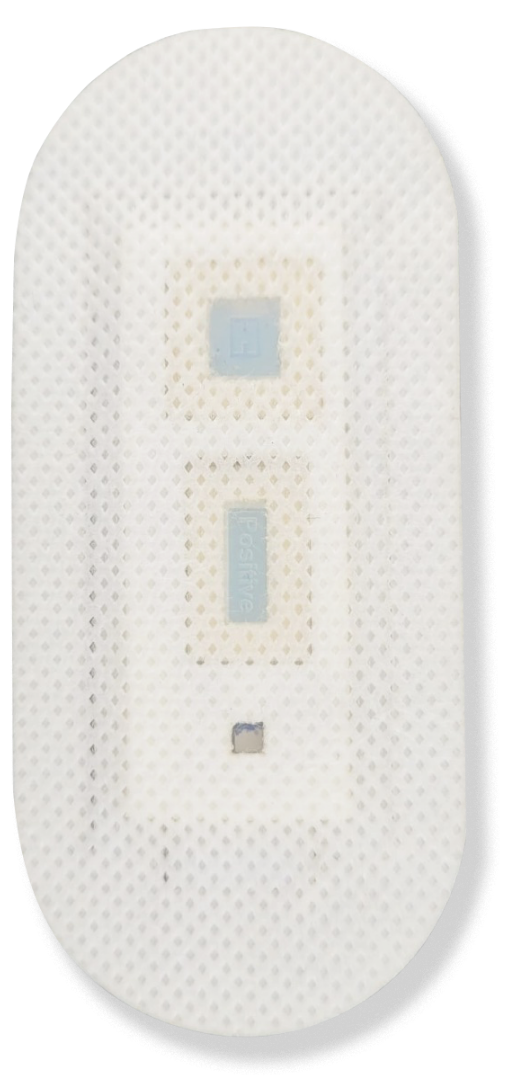Cystic Fibrosis is the most common lethal autosomal disorder in the Caucasian population, affecting approximately 48,000 patients in Europe.
Screening of Cystic Fibrosis

Cystic Fibrosis is the most common lethal autosomal disorder in the Caucasian population, affecting approximately 48,000 patients in Europe.

The disorder affects the formation of the Cystic Fibrosis Transmembrane Conductance Regulator (CFTR) protein, resulting in salty sweat and the production of thick and sticky mucus that affects multiple organs. This can lead to bacterial infections in the lungs, intestinal blockages, and impairment of the pancreas, among other complications.
CFTR protein in CF patients
The CFTR protein functions as a channel across the membrane of cells specialized in producing mucus, sweat, saliva, tears, and digestive enzymes. In CF patients, there is an alteration in the formation of this protein, leading to the trapping of chloride ions within the cells.
Currently, the sweat test is used to assess the ability of CFTR protein to excrete chloride.

Elevated ion content in sweat is crucial for diagnosing CF
Sweanty Solution
We have created a self-powered skin patch for measuring the ionic conductivity of sweat in CF patients. With our patented technology, the device achieves a remarkable level of simplicity while providing a digital and clear-cut result.


We have created a self-powered skin patch for measuring the ionic conductivity of sweat in CF patients. With our patented technology, the device achieves a remarkable level of simplicity while providing a digital and clear-cut result.

The product has been developed under an European project (ERC PoC, POWER-PATCH) at the Institute of Microelectronics of Barcelona (IMB-CNM, CSIC). The device has been validated in a clinical setting with 40 volunteer patients at Hospital Sant Joan de Déu, Barcelona.

